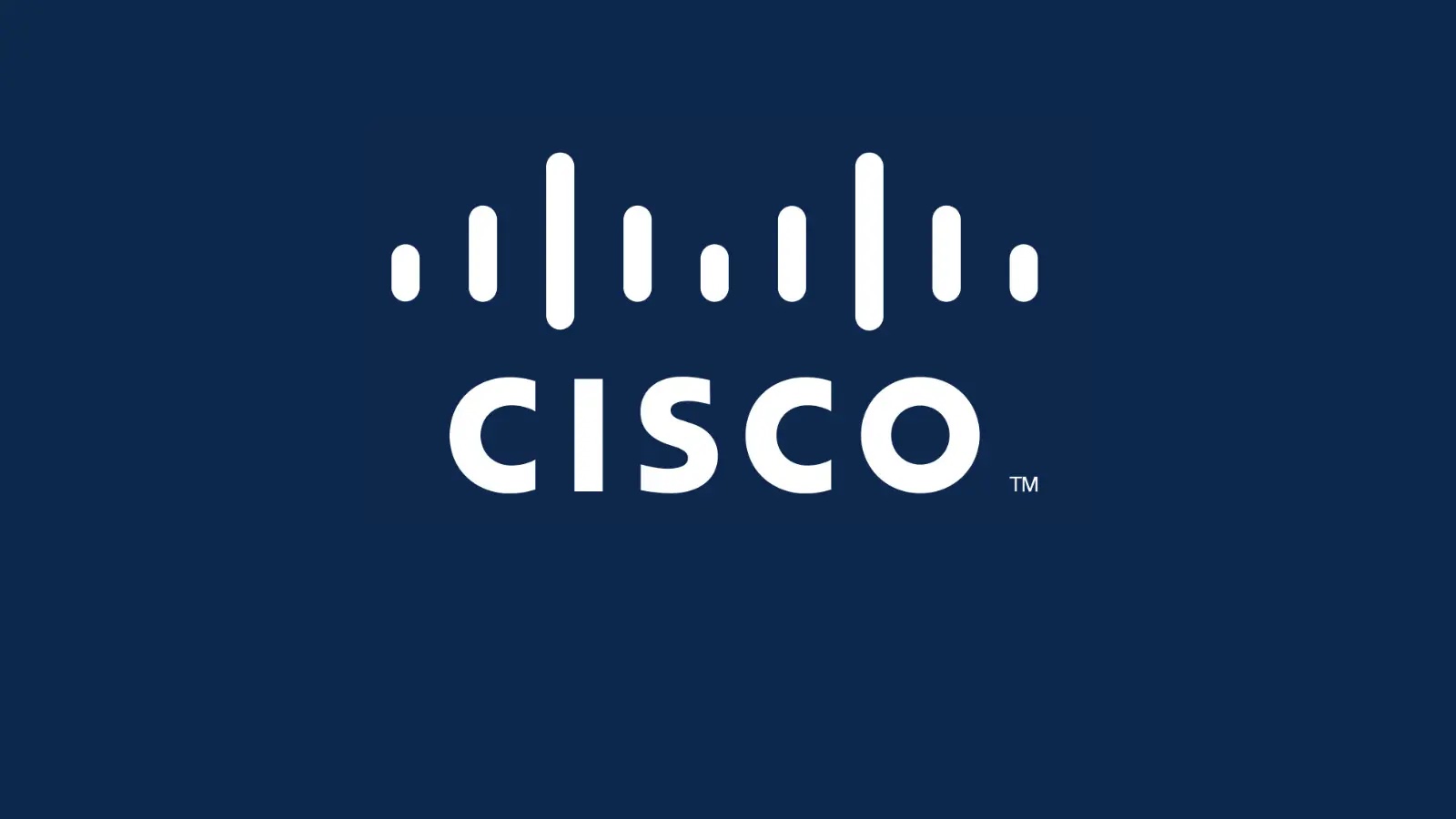Cisco has revealed a serious vulnerability in its widely used IOS and IOS XE software, potentially allowing attackers to crash devices or take full control via remote code execution.
The flaw, rooted in the Simple Network Management Protocol (SNMP) subsystem, stems from a stack overflow condition that attackers can trigger with a specially crafted SNMP packet on IPv4 or IPv6 networks.
This issue affects all SNMP versions and has already been exploited in the wild, highlighting the urgency for network administrators to act quickly.
The vulnerability enables two main attack vectors. An authenticated, low-privileged remote attacker, armed with read-only SNMPv2c community strings or valid SNMPv3 credentials, could induce a denial of service (DoS) condition, causing affected devices to reload and disrupt network operations.
Even more alarming, a highly privileged attacker with administrative or privilege level 15 access could execute arbitrary code as root on IOS XE devices, granting complete control of the system.
Cisco’s Product Security Incident Response Team (PSIRT) discovered this during a Technical Assistance Center support case, and real-world exploits followed compromising local administrator credentials.
This flaw affects a wide range of Cisco devices running vulnerable versions of IOS or IOS XE with SNMP enabled, including routers, switches, and access points critical to enterprise infrastructures.
Devices that have not explicitly excluded the affected object ID (OID) remain at risk. Notably, IOS XR and NX-OS software are unaffected, providing some relief to users of these platforms.
The potential consequences are significant: DoS attacks could disrupt critical services, while root-level code execution could enable data theft, lateral movement within networks, or malware deployment.
Given the ubiquity of SNMP for device monitoring, many organizations unintentionally expose themselves by leaving default configurations intact.
Mitigations
Cisco underlines that there is no complete workaround, but mitigation measures can curb immediate threats. Administrators should restrict SNMP access to trusted users only and monitor via the “show snmp host” CLI command.
A key step is to disable vulnerable OIDs using the “snmp-server view” command to create a restricted view, then apply it to community strings or SNMPv3 groups. For Meraki cloud managed switches, it is recommended to contact support to implement these changes.
The fixes are now available through Cisco’s September 2025 Semi-Annual Security Advisory bulk release. Users can check the exposure and find patched versions using the Cisco Software Verification Tool.
To check SNMP status, run CLI commands such as “show running-config | include snmp-server community” for v1/v2c or “show snmp user” for v3.
Cisco recommends an immediate upgrade to hardened software, warning that delays could lead to new exploits. As networks become more interconnected, these vulnerabilities highlight the need for rigorous SNMP hardening and proactive patching.
Follow us on Google News, LinkedInAnd X for daily cybersecurity updates. Contact us to feature your stories.










